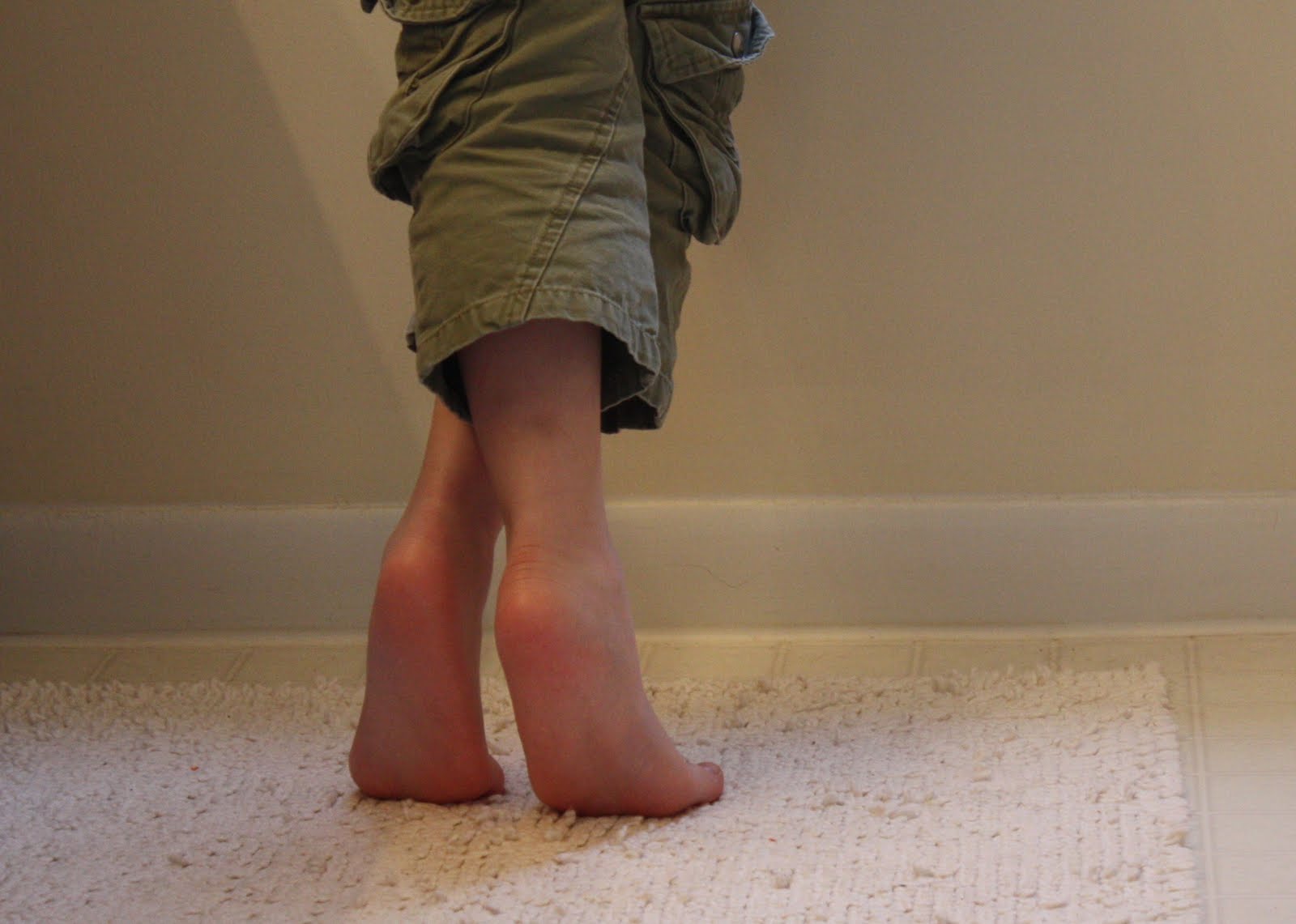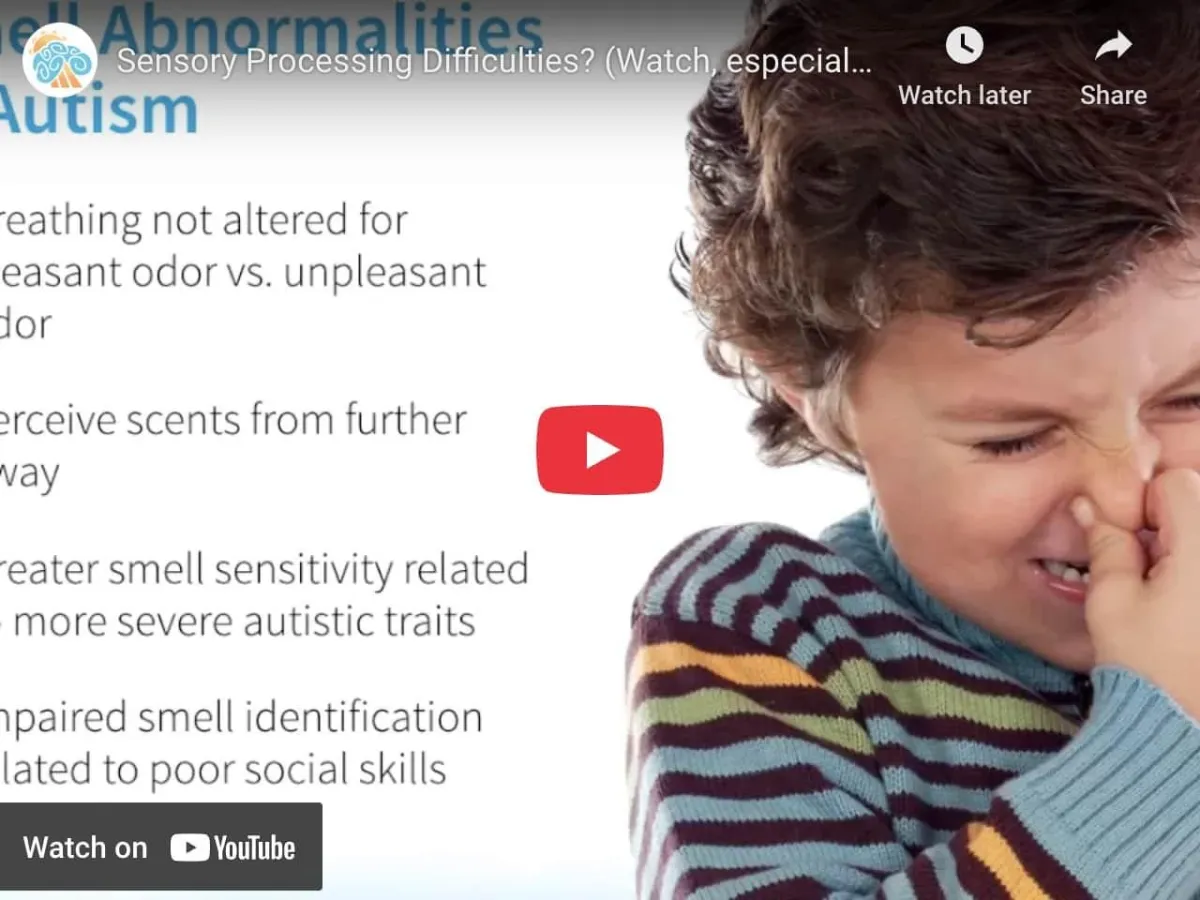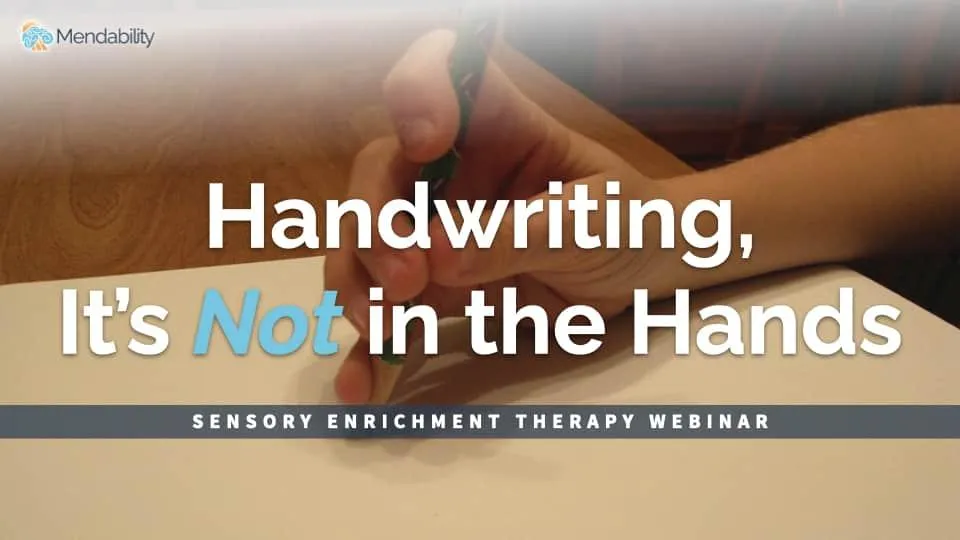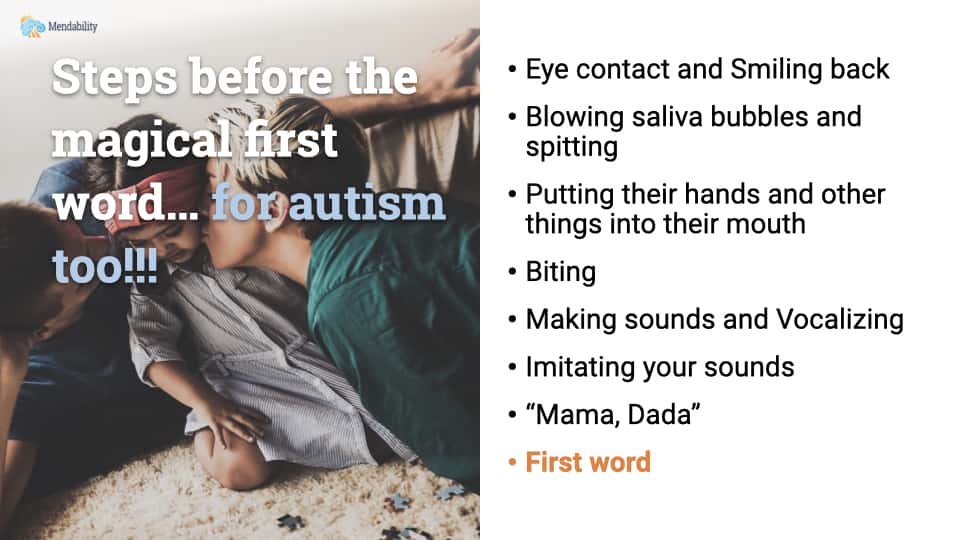
Will my autistic child ever grow out of toe walking?
Many children walk on their toes or the balls of their feet (also known as toe walking) as they learn to walk. Some children with autism don’t outgrow it on their own.
Walking is one of the last things that develops in a human. With autism, we see a lot of problems associated with the various steps involved in walking. We see poor sensory processing, poor self-awareness, and poor balance and motor organization.
As an autistic child grows taller and heavier, idiosyncratic toe walking (ITW) becomes more and more difficult. Unfortunately, what usually happens is that the toe walking evolves into a rigid gait, often characterized by some rigidity of the legs and leaning forward when walking.
We have not found any scientific studies that explain why children with autism toe walk and become adults with a particular gait. Some have proposed that this gait pattern is linked to a sensory processing dysfunction (SPD), but no firm link has been found yet.
Can you do anything to help?
Yes, there is one strategy that has worked for us many times as we implemented Sensory Enrichment Therapy with our autistic clients.
This strategy addresses tactile processing in general and the information coming from the sole of the foot in particular.
The Multi-Texture Path
Try creating a path of textures, thicknesses, and temperature responses for your child to walk on with bare feet. Let them do it whenever they feel like it. Owning the sensation is part of the strategy, but what you can do is lay this path in a high traffic area
Lay it out so that each step lands on a new thing.
Here are some examples of textures to use:
Door mats
Car mats
Pillows
Rice bags
Pillow cases filled with
corn
packing peanuts
smaller pillows
Layers of cardboard
Cardboard wrapped in tin foil
Baking tray
Blanket
Using the tactile area on the sole of the foot as an entryway for interesting information is a very powerful means to improve tactile processing and self-awareness because the child is in full control of the routine and can take ownership of what he feels.
This multi-texture path combines two essential elements for recovery:
firstly, interesting and new tactile information, and
secondly, a very understimulated tactile area which can be trained to process accurately.
Sensory Enrichment Therapy
Most of our toe walkers have gradually learned to walk using their whole foot after a few weeks. Of course, they were also doing other Sensory Enrichment activities, but we hope this protocol helps you too.
Sensory processing and emotional regulation are two of the biggest areas of progress for people with developmental disabilities, including autism, who are doing Sensory Enrichment Therapy. Toe walking is a symptom that improves with Sensory Enrichment Therapy. Why not try it?
Additional reading:
Magn Reson Med. 2012 Jun 7. doi: 10.1002/mrm.24330. [Epub ahead of print]
Novel MRI-compatible tactile stimulator for cortical mapping of foot sole pressure stimuli with fMRI.
Hao Y, Manor B, Liu J, Zhang K, Chai Y, Lipsitz L, Peng CK, Novak V, Wang X, Zhang J, Fang J.Gait Posture. 2012 Oct 11. pii: S0966-6362(12)00355-4. doi: 10.1016/j.gaitpost.2012.09.012. [Epub ahead of print]
The differential effects of foot sole sensory on plantar pressure distribution between balance and gait.
Zhang S, Li L.Clin Biomech (Bristol, Avon). 2001 Nov;16(9):719-27.
The effect of changes in foot sensation on plantar pressure and muscle activity.
Nurse MA, Nigg BM.J Electromyogr Kinesiol. 2002 Jun;12(3):213-7.
Afferent feedback in the control of human gait.
Nielsen JB, Sinkjaer T.



